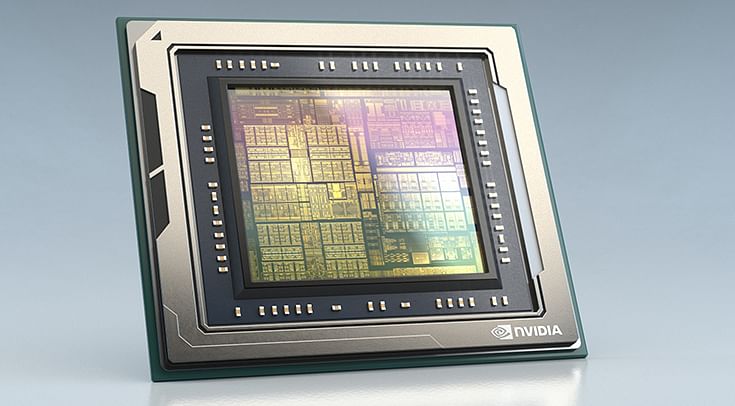Cipia to showcase driver and occupancy monitoring embedded software at CES 2024
Cipia’s Cabin Sense solution, which is designed for integration on standalone ECUs, as well as ADAS and IVI domain controllers, will run on the Nvidia Drive platform to support in-cabin sensing capabilities, alongside additional safety and convenience functions.
Cipia, an AI computer vision in-cabin automotive solutions provider, will present at CES 2024 Cabin Sense, which includes both driver and occupancy monitoring, and is expected to go into serial production during 2024.
Cipia will present its embedded product code optimized for the Nvidia Drive Orin system-on-a-chip (SoC), leveraging the automotive-grade processor’s powerful compute performance to support in-cabin sensing capabilities, alongside additional safety and convenience functions.

The Nvidia Drive Orin SoC delivers 254 trillion operations per second and is a central computer for intelligent vehicles. (Image: Nvidia)
Cipia’s Cabin Sense solution is flexible and can accommodate a variety of automotive-grade compute platforms, and is designed for integration on standalone ECUs, as well as ADAS and IVI domain controllers. Nvidia Drive is the first platform on which Cabin Sense will run commercially.
The Nvidia Drive Orin SoC delivers 254 trillion operations per second and is a central computer for intelligent vehicles. In addition to powering in-cabin applications, it can also support highly automated and autonomous-driving capabilities, scaling from Level 2++ to Level 5.
Tal Krzypow, VP Product and Strategy at Cipia, said: “We’re excited to bring the latest technology to the in-cabin sensing market, evolving beyond driver monitoring into the next phase: full cabin monitoring. Combining both driver and occupant monitoring on the same SoC and sensor contributes to a lower cost for the system as a whole and promotes wider and faster adoption in the market. Tapping the proven Nvidia Drive compute platform is a natural choice to introduce these capabilities.”
“The automotive industry is increasingly moving toward the use of generative AI and large language models in vehicles,” said Rishi Dhall, VP of Automotive at Nvidia. “Cipa’s in-cabin sensing software running on Nvidia’s robust accelerated compute hardware offers automakers and tier 1 manufacturers a system for creating smart, safe and delightful experiences inside the car.”
RELATED ARTICLES
Skoda begins sale of made-in-India CKD Kushaq in Vietnam
Before production started, pre-series Kushaq vehicles covered over 330,000 kilometres on a variety of Vietnamese roads a...
Six Japanese companies join forces to expand use of recycled materials in new vehicles
Denso, Toray Industries, Nomura Research Institute, Honda Motor, Matec Inc and Rever Corporation have set up the BlueReb...
BYD selects Voestalpine as steel supplier for its Hungarian plant
The announcement of the Austrian steelmaker as a supplier demonstrates BYD’s strategic plan to source from high-quality,...





 By Autocar Professional Bureau
By Autocar Professional Bureau
 05 Jan 2024
05 Jan 2024
 3965 Views
3965 Views









